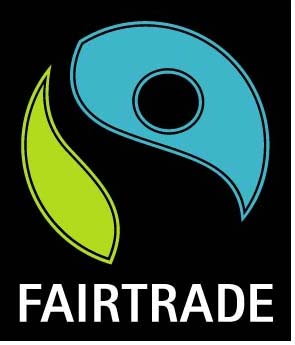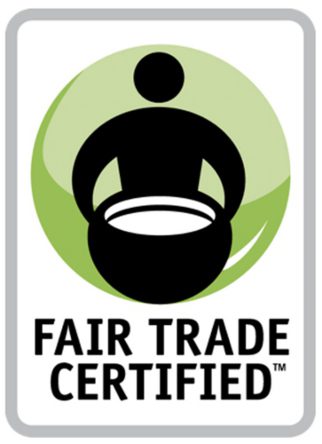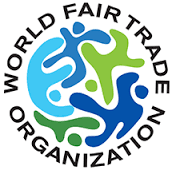
What Was In Your Chocolate This Easter?
Easter has come and gone, and the chocolate bunny was in its full glory. Every year, ninety million chocolate bunnies are produced to meet the Easter demand, generating (along with other Easter candies) over $2.26 billion. However, despite the ease with which these innocent bunnies bounce into our shopping carts, their origins may not be so innocent.
Over 70% of cocoa, the main ingredient in chocolate, comes from the southern shores of Western Africa, specifically Cote d’Ivoire and Ghana. Despite generating over $110 billion a year, the industry has a century-long history of forced and child labor.
According to the US Department of State, over 100,000 children in the Ivory Coast cocoa industry work under the “worst forms of child labour” (as defined by the International Labour Organization). Issues of trafficking and severe child labor within cocoa production sparked the US government to demand changes from leaders in the industry. In September 2001, the Harkin-Engel Protocol, also known as the Cocoa Protocol, was signed into law. The protocol was intended to combat child and forced labor in the industry. However, after several deadlines for changes came and went (in 2005, 2008, and 2010), the protocol was replaced with “The Declaration of Joint Action to Support Implementation of the Harkin-Engel Protocol,” pledging to reduce child labor by 70% in the Ivory Coast by 2020. However, a study published in 2015 found a 51% increase in the number of children working in the industry in comparison to their previous report in 2009.
In September 2015, a class action lawsuit was filed against Hershey, Mars, and Nestle, accusing them of false advertising by failing to disclose the use of slavery on their packaging, despite their knowledge of such practices. While the lawsuit is still under way, it is a fresh attempt at taking action against the chocolate industry’s blatant disregard of trafficking within their supply chains.
The Fair Trade Movement has also been working with cocoa producers to ensure that they adhere to strict labor standards. Several organizations, including FairTrade International,FairTrade USA, the Fair Trade Federation, and the World Fair Trade Organization, audit producers and certifies cocoa products to inform consumers that their chocolate is produced in an ethical and slavery-free manner. When purchasing chocolate products, look for these images to make sure your chocolate is not laced with forced or child labor:




Human Trafficking Search encourages you to be cognizant of the bunnies you let bounce in yourbaskets. Turning a blind eye to forced labor and trafficking only perpetuates the problem. You can be part of the solution by purchasing ethically-produced and slavery-free chocolate.
Firas Nasr is the Director of Communications at Human Trafficking Search.
Photo Credit: The Daily Beast
